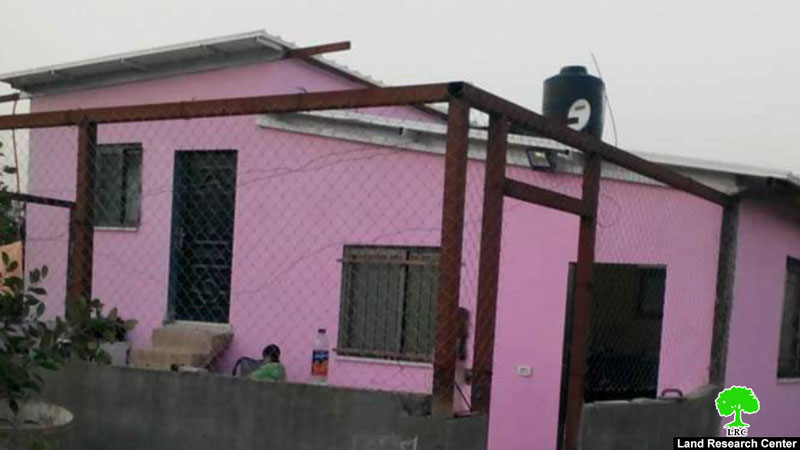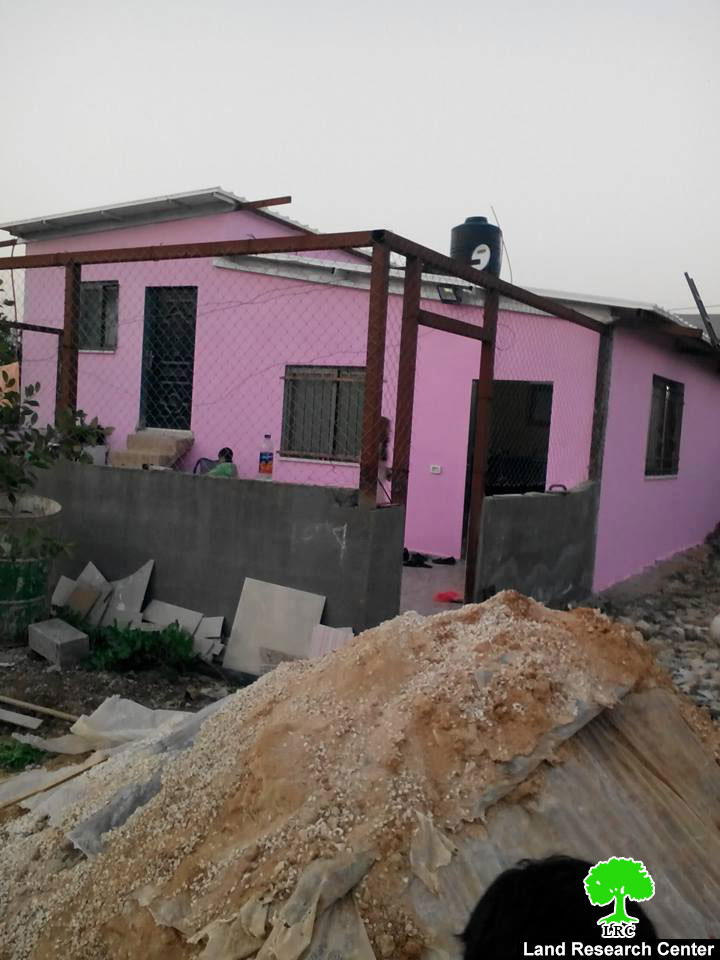2016-07-17
“Halt of construction†order on Abu-Hnaish Family home- Furush Beit Dajan / Nablus
Violation: “Halt of construction” order.
Location: Furush Beit Dajan / east Nablus city.
Date: 17/7/2016.
Perpetrator: the Israeli occupation building and organizing committee.
Victims: Abu-Hnaish family.
Description:
A vehicle from the Israeli occupation building and organizing committee and an army patrol raided Furush Beit Dajan, and served a halt of construction order to Said Abu Hnaish on his family home on the pretext of building before getting a proper license in area C. In the same context, several families in the town received military orders in Furush Beit Dajan as Azim Haj Mohammad, the mayor testified.
The mayor asserted, The Israeli authorities prohibit any new structures in the town, in addition to prohibiting reclaiming buildings that were built before 1967.
The Israeli demolition campaigns targeted homes, tents, agricultural facilities and barns which aim to uproot Palestinians from their own lands. Due to the occupation’s measures the town lacks water, roads, , telephone and electricity networks . The town’s residents depend on electric generators and water tanks.
Said Abu Hnaish (63) told LRC reporter:
“The house has an area of 130 m2, it is the home for my 7 members’ family. My son Foad and his family of 5 also live with us.
I prepared the objection file and assigned the Jerusalem Legal Aid and Human Rights Center to follow up the case in the Israeli courts, hoping to protect my home.”
About Furush Beit Dajan:[1]
It is located in the middle of Palestinian Jordan Valley and is considered an extension of Beit Dajan village, east of Nablus. It has a total population of 1200 people, 50% of which descend from Bedouin origins; sheep grazing and agriculture are the main sources of income for such people.
The village has a total land area of 14000 dunums; the occupation confiscated 12000 dunums of it for the sake of establishing the colony of al-Hamra in the western side of the village, the colony of Mekhora in the southern part and a military camp in the eastern side of it.
The village lacks a master plan; a thing that caused dozens of residences to get notified by the occupation in addition to other dozens that were demolished as a result.
The village has about 450 dunums of protected vegetables and 1600 dunums of citrus plantation.
Feedback:
In reality, the issue is not all about unlicensed construction than it is on the occupation’s intention to take over more lands in the area of their control (Area C according to Oslo Accords). The Israeli occupation considers such lands as a colonial reserve, which will be hard to negotiate on in any future agreements with Palestinians.
[1] GIS-LRC


